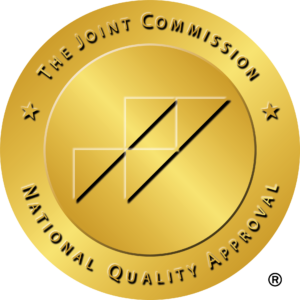Step Up Service Coordinator Rebecca Kennedy
We want people to know PTSD is treatable. How do you treat it?
Treatment for PTSD comes in many different forms. The old school belief is that the “right way” to approach trauma is by talking in detail about the experience. However, research shows that people don’t necessarily need to describe their trauma in order to overcome it. Instead, the goal of trauma informed therapies are to reduce the intensity of emotional pain and find empowerment and strength in overcoming the experience. PTSD is not a chronic, life long issue and there is no one-size fits all approach to treating it. Creating a supportive social network, utilizing healthy coping skills and access to mental health services are all ways to both prevent as well as overcome PTSD.
What kind of treatment does Step Up offer for PTSD and trauma?
At Step Up, we utilize a variety of interventions and therapeutic approaches to meet our clients where they are at in their mental health recovery. Our clinicians utilize elements of many different approaches, not limited to Cognitive Behavioral Therapy (CBT), Motivational Interviewing, Dialectical Behavioral Therapy (DBT), and I offer something called EMDR – a trauma focused therapy that facilitates our brain’s natural ability to reprocess trauma using repetitive eye movements. At Step Up, we begin treatment by helping our clients identify their strengths and we use those strengths to guide the course of their treatment.
What is the difference between PTSD and Trauma?
Many people are affected by some form of trauma throughout their life and it is in fact normal to experience some of the symptoms of PTSD as a response (nightmares, feeling fearful or anxious, flashbacks, avoidance, etc). Those responses can be healthy and adaptive ways for your brain to process what you just experienced. Not all individuals who experience trauma will develop PTSD. It is when those reactions do not gradually improve with time and lead to impairment in your everyday life that it may be an indicator of PTSD.






